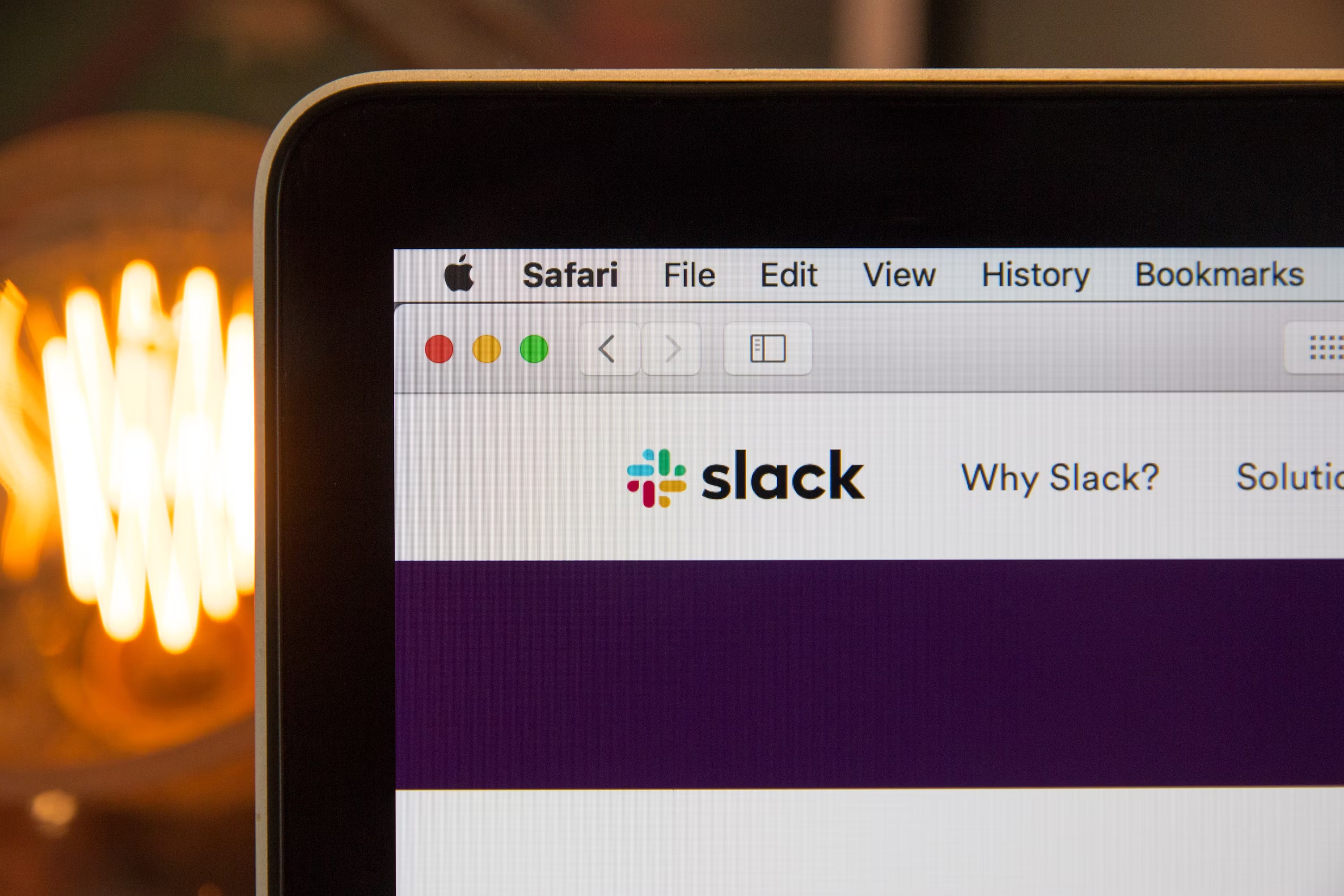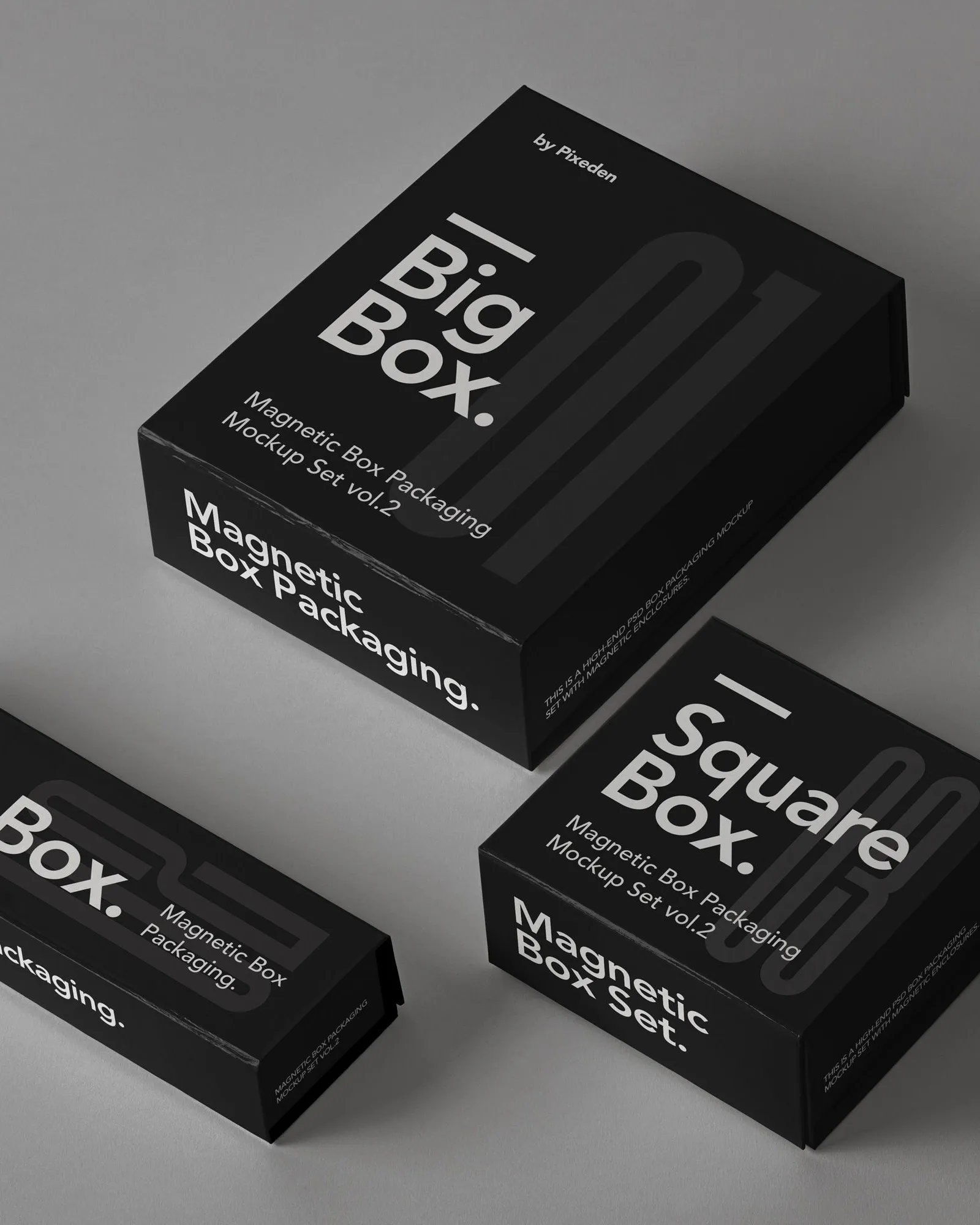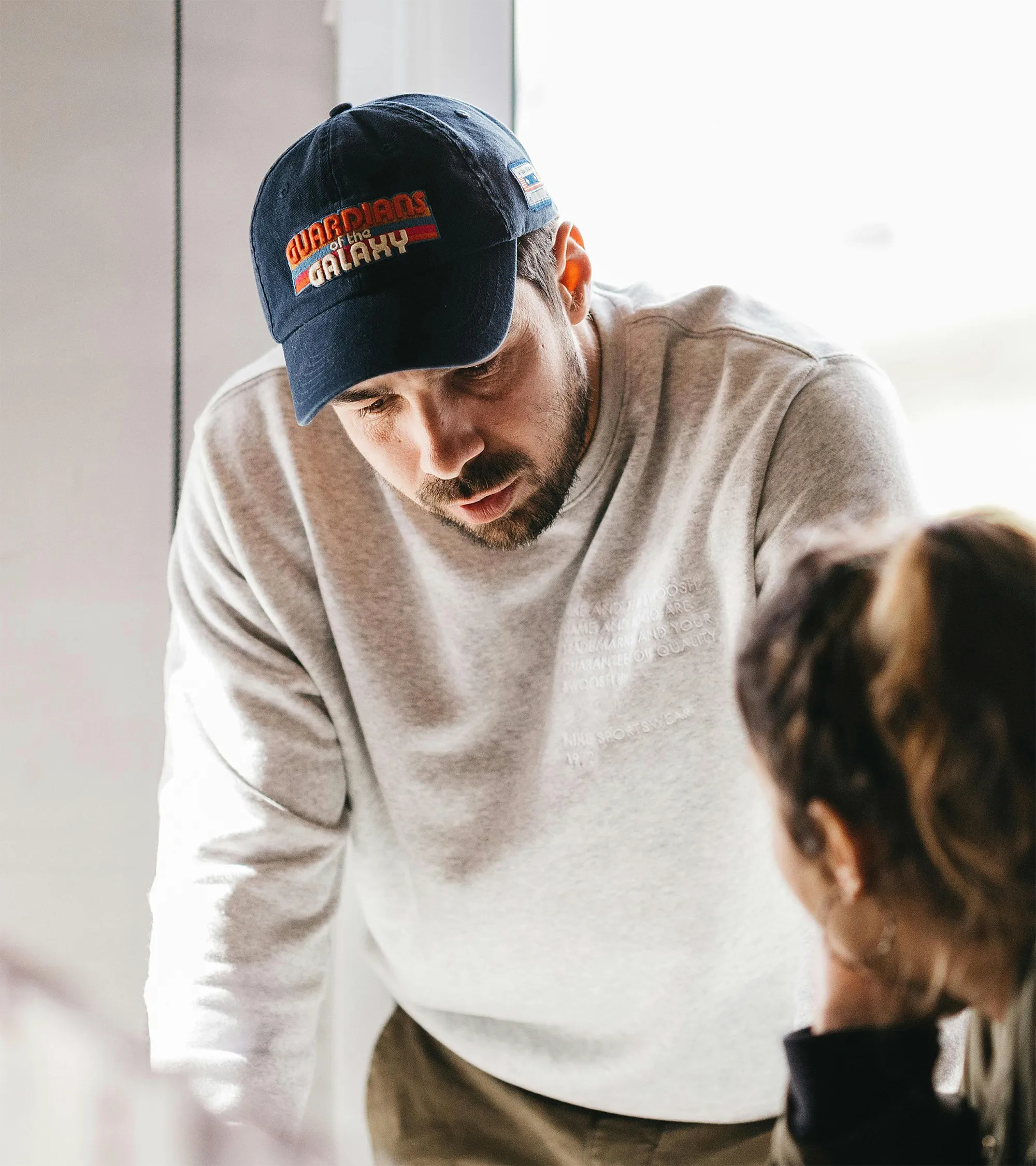


For a long time, the creative industry operated on a deeply held belief: you had to be in the room. The magic happened around a whiteboard, in the energy of a shared space, in those serendipitous hallway conversations. The idea of running a high-stakes creative team from a laptop in a different time zone seemed not just difficult, but impossible.
Then, the world changed. And we were all forced to adapt.
I've spent the better part of the last five years leading and collaborating with distributed creative, product, and marketing teams at companies like Yelp and Avenues: The World School. I've seen what works, what falls apart, and what it truly takes to not just manage a remote team, but to lead one to do exceptional work.
The truth is, the magic doesn't come from the whiteboard. It comes from the culture. Remote work doesn't break creative collaboration; it simply reveals the cracks that were already in your process. A great remote culture isn't about having the right software; it's about having the right principles. It's about being radically intentional about the things we used to take for granted in an office.
This isn't a list of Zoom tips. This is a playbook of the core principles and best practices I've used to build and lead high-performing, deeply connected creative teams, no matter where they are in the world.


From Implicit to Explicit
The single biggest difference between co-located and remote work is the loss of ambient information. In an office, you absorb a massive amount of context by osmosis—you overhear a conversation, you see who is meeting with whom, you can feel the energy in a room.
In a remote environment, all of that disappears. If it's not explicitly written down or said on a call, it doesn't exist.
Therefore, the foundational principle of a successful remote team is to make everything explicit. This requires a new level of discipline and intentionality in three key areas: Communication, Documentation, and Connection.
In an office, you can get away with messy communication. Remotely, it's a disaster. You need to be incredibly deliberate about which tool you use for what purpose. This is your Communication Stack.
Synchronous Quick Chats: Instant Messaging (Slack/Teams)
Face-to-Face: Video Calls (Zoom/Google Meet)
By making your communication stack explicit, you eliminate the constant anxiety of "where do I ask this question?" and empower your team to use the right tool for the job.
Writing as Our Primary Architecture
In a remote team, your most important skill is not talking; it's writing. Clear, concise, and accessible documentation is the bedrock of a scalable and efficient distributed team. If your communication stack is your nervous system, your documentation is your collective brain.
The Single Source of Truth: You must have one central, universally accessible place for all important company and project information. For most, this is a tool like Notion, Confluence, or a well-organized Google Drive. This is your "company wiki."
The "Write it Down" Mandate: You must foster a culture where the default behavior after any important conversation is to document the key decisions and action items. A verbal agreement on a Zoom call is not a decision; a written summary in the project hub is. This creates clarity and accountability.
Meeting Notes as a Product: Every important meeting should produce a clean, concise, and scannable set of notes. A great set of meeting notes is a gift to your future self and to any team member who couldn't attend.
How this helps: A strong documentation culture is the ultimate async superpower. It allows a team member in a different time zone to catch up on a project without having to call a meeting. It preserves institutional knowledge when a team member leaves. And it forces a level of clarity and rigorous thinking that verbal conversations often lack.


Architecting Serendipity
This is the most overlooked and most critical element. In an office, human connection happens by accident in the kitchen or the hallway. Remotely, it has to be built with intention. A team that doesn't feel connected will never do its best work.
You cannot just schedule "mandatory fun." You must build lightweight, consistent rituals that create the space for human connection to emerge naturally.
A non-work-related Slack channel (#random, #pets, #what-we-are-watching). This is the most important channel in your Slack. It's where the team's personality lives. It's where you share jokes, photos, and get to know each other as people. Leadership must actively participate here to signal that it's a valued part of the culture.
A voluntary, once-a-week meeting with no agenda other than for team members to share something cool. It could be a piece of work they're proud of, an inspiring ad they saw, a great book they're reading, or a weekend project.
For managers, weekly 1-on-1s are non-negotiable. And the first question should never be "What's the status of Project X?" It should always be "How are you?" These meetings are for the human, not the tasks.
Trust by Default
Ultimately, leading a successful remote creative team comes down to one thing: Trust.
You have to abandon the old industrial-era mindset of "managing by presence" and embrace a new model of "managing by outcome." The systems and rituals I've outlined are not tools for surveillance; they are tools for creating clarity and alignment. Their purpose is to give your team the structure and support they need, and then to get out of their way.
You have to trust that your team is doing their best work, even when you can't see them. In return, you must provide them with the psychological safety, the clear goals, and the human connection they need to thrive.
Remote work isn't a compromise. When done with intention, it can be a more focused, more efficient, and more human way to work. It requires discipline, it requires empathy, and most of all, it requires you to build a great culture, not just a great product.
'The Creative Brief Template I Use on Every Single Project.'
See what our satisfied clients say about working with us.

Our proven process ensures successful outcomes and client satisfaction every time.



